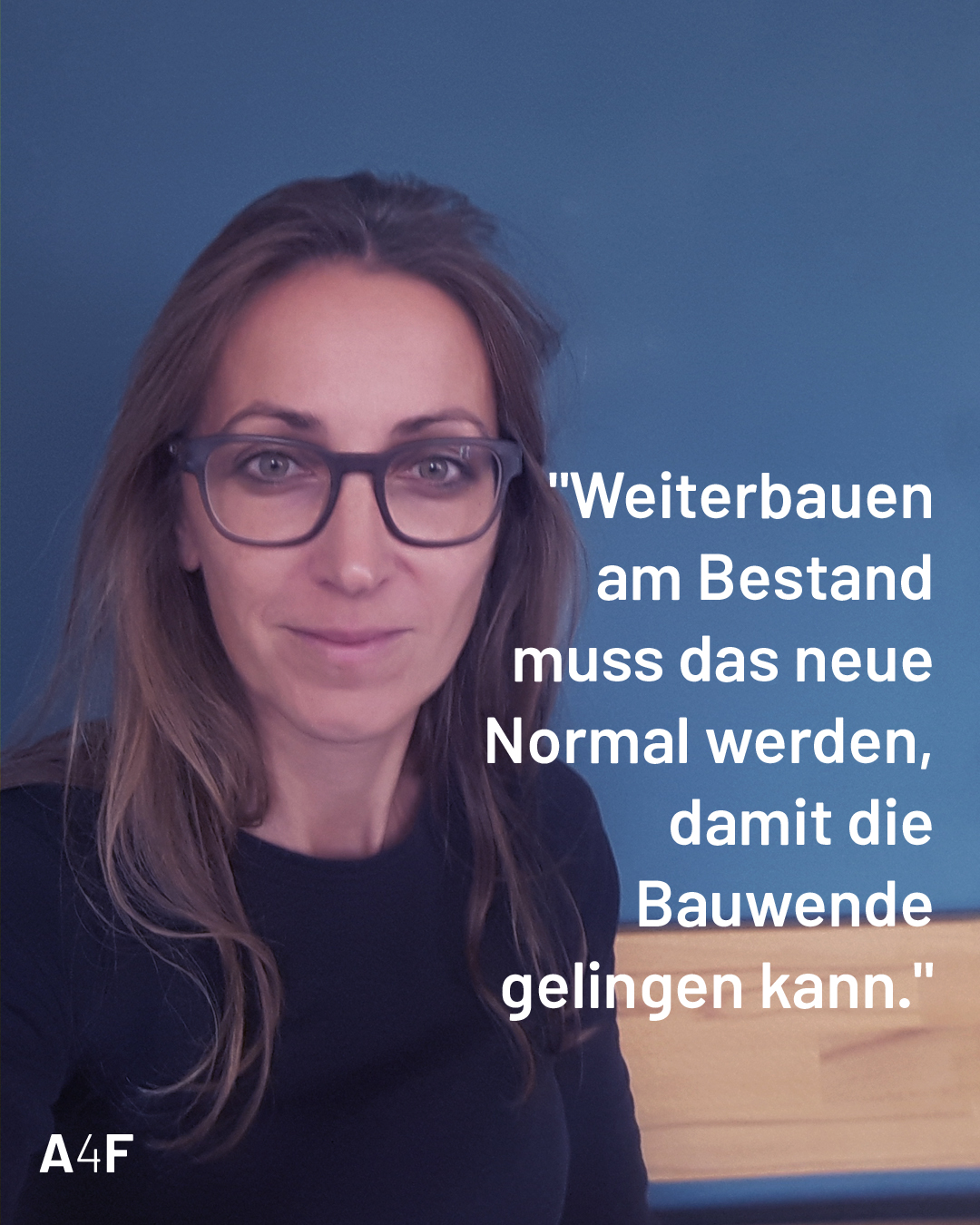I try to live and implement sustainability - in terms of the SDG's - privately and professionally. A commitment to life-long-learning is part of that.
Economy for the Common Good
(ECG)

Convinced that there is a need of rethinking our econmy, I joined the Economy for the Common Good with my studio back in 2014. Since then I did several compact balances. I haven't requested a certification yet, as the content counts more to me than a certificate. I use the matrix of the ECG to reassess my actions als small company and to set strategic goals. Next to the ecological criteria to me the social criteria are very important, like f.i. a fair togetherness and a work-life-balance.
Printing on recycling paper is goes without saying as well as buying bio- and fairtrade producs for food and cleaning.
Though sufficieny stays ahead - purchasing only what is really needed. During the pandemic, I managed to get closer towards a "paper-free" office.
My choice on electronic devices is driven by durabiliy, maintenance and reparing, as well as low energy consumption and preferable "Blauer Engel" or "Cradle to Cradle" certified products.
As architects we are obgligated to have a professional liability insurance. There unfortunately I haven't been able to find a provider, that acts really sustainable.

My favourite mean of transportation is the bike.
Therefore I prefer working on projects in the proximity. CO2 emissions caused by other means of transport like public transport of car are being compensated at the end of the year since 2018.
For the construction site supervision of house U I did more than 1.100km by bike - training units for the mountainbike tours that I do for leisure.

In the field of sustainable building there are several aspects important in the planning process, that I was able to deepen my knowledge through the postgraduate master "Klimahaus", my work at the technical university of Munich, as a consultant for the bavarian architects chamber, as well as through the since 2020 ongoing exchange with collegues of architects for future.
I amconvinced that every architectural impact should accept the challenges of the ecological, economical and socio-cultural sustainability.
Considering the ecological part, we strive arfter architectural and technical quality with docus on recource-efficiency and renewable materials that can be re-used or re-cycled. A responsible use of energy, water and land as well as short hauls influence our projects.
Regarding the economicyl part we consider the
Life-Cycle-Costs. Building experience shows that maintencance costs and waste management costs often exceed the building costs many times. Considering the socio-cultural part this means to as on one hand a "design for all" and on the other hand keeping in mind the impacts of a project on tenants, neighbours and workers - also during construction. Planning considers aspects like climatic conditions, comfort, indoor-air-quality, ...
To sum up, to me sustainably building means thinking ahead, a responsable use of ressources. Architecture for its users, that gives space to future users, and is resilient to local climate conditions and helps climate protection.

"Hinterfragt Abriss kritisch" (rechallenge demolltion) and "beschleunigt die Energiewende" (accelerate energy transformation), tow requests of Architects for Future. Low-energy retrofitting and working on existing buildings houses a big potential to nabafe the transformation of the building sector. .
Back in 2011, for my master thesis at the free university of Bozen, I worked on improvements of low energy renovation of multifamily dwellings dating back from the 50's - 60's. The work focuses on the Retrofitting of multifamily dwellings in occupied buildings. Starting point of this paper are social aspects, aiming to improve the situation for the tenants during and after the construction works, as well as optimizing the overall costs and avoiding building damages, caused by incomplete interventions. Focusing on improving the thermal performance of the building envelope, taking into account existing problems, the work shows alternatives to the classic Exterior Insulation Finishing System (EIFS).
Today I still consider these buildings haveing a big potential.
inncercity ridensification/
addition of storeys

If you consider investments into an existing building or you have an object that needs low-energy retrofitting, please contact us at info[at]christinapatz.com. We will be happy to give you advise on sustainabily investments that enhance the value of your bulding property.
timber construction
